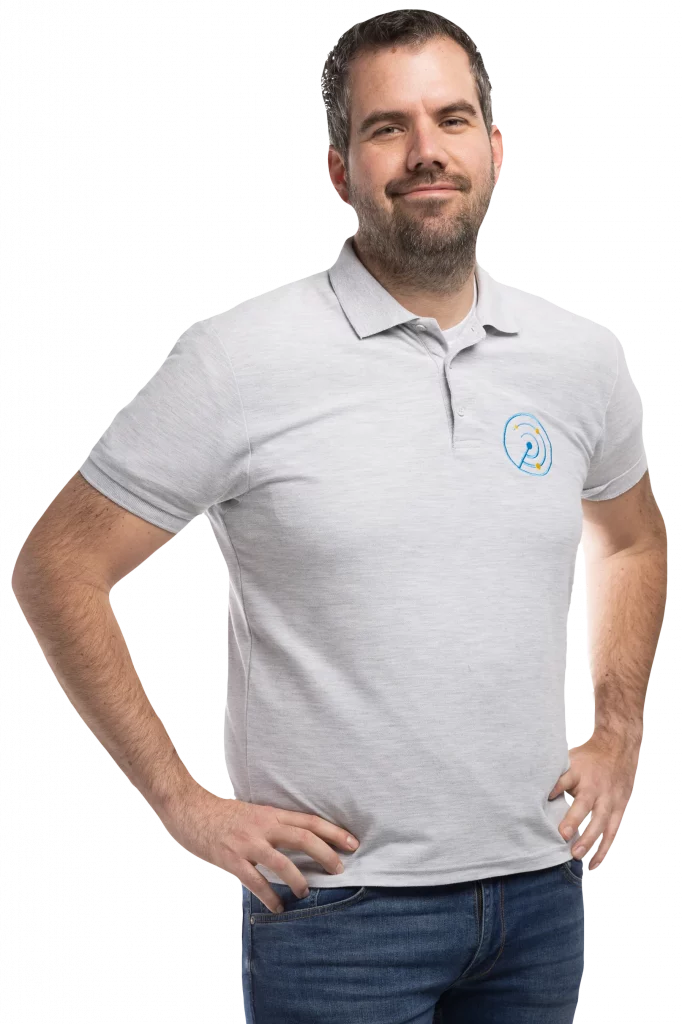Remotely operated vehicles (ROVs) and other underwater technology can be used to search for missing persons underwater.
Side scan sonar, remotely operated vehicles and sonar are just some examples of what can assist in the search and recovery of missing persons or objects.
Underwater technology has proven to be an essential tool in search and rescue missions, particularly in cases involving missing persons. Whether they have been swept away by currents, trapped in underwater structures, or have experienced a boating accident, underwater technology can aid rescue teams in locating missing persons.
Underwater technology encompasses a variety of tools, including sonar systems, underwater cameras, and remotely operated vehicles (ROVs). These tools can be used to locate and identify objects and people in water bodies, even in low-visibility conditions.
One of the most commonly used technologies in underwater search and rescue missions is sonar. Sonar systems emit sound waves that bounce off objects in the water, producing echoes that can be used to create a map of the underwater terrain. These systems can detect objects on the seafloor, as well as in the water column, making them useful in locating missing persons who may have sunk to the bottom of the water body.
In addition to sonar, underwater cameras can also be used to locate missing persons. These cameras are typically mounted on ROVs, which are remotely controlled vehicles that can navigate underwater. The cameras can capture high-definition images of the underwater environment, allowing rescue teams to search for missing persons and assess the condition of the underwater terrain.
ROVs are also equipped with manipulator arms that can be used to move objects and clear debris, which can be useful in search and rescue missions.
Are you looking into buying underwater equipment or want to be trained in the use of them?
Contact us to find out what the possibilities are.

I provide sonar training aimed at the search of objects on the seabed. This can be using classical sidescan, SAS sonar or a forward looking sonar. Training is aimed at getting familiar with the technique behind the sonardata provided. This all will be combined with common practise when performing sonar operations.
My trainings are commonly given on a location of the customers choice. As it adds vallue to train in the waters you will work in we try to provide the training at a location of the customers choosing. This can be anywhere in the world.
Yes, i can provide you with ROV training aimed at governmental and inspection use of an ROV. I find it important to mention that i aim at search, identifying and recovering objects and do not aim at offshore duties other then inspection class vehicles.
I am familiar with several different vehicles and assets. Small sized Auv’s, medium sized Auv’s, USBL systems, INS systems. This is a small part of the devices I work with on a weekly bases.